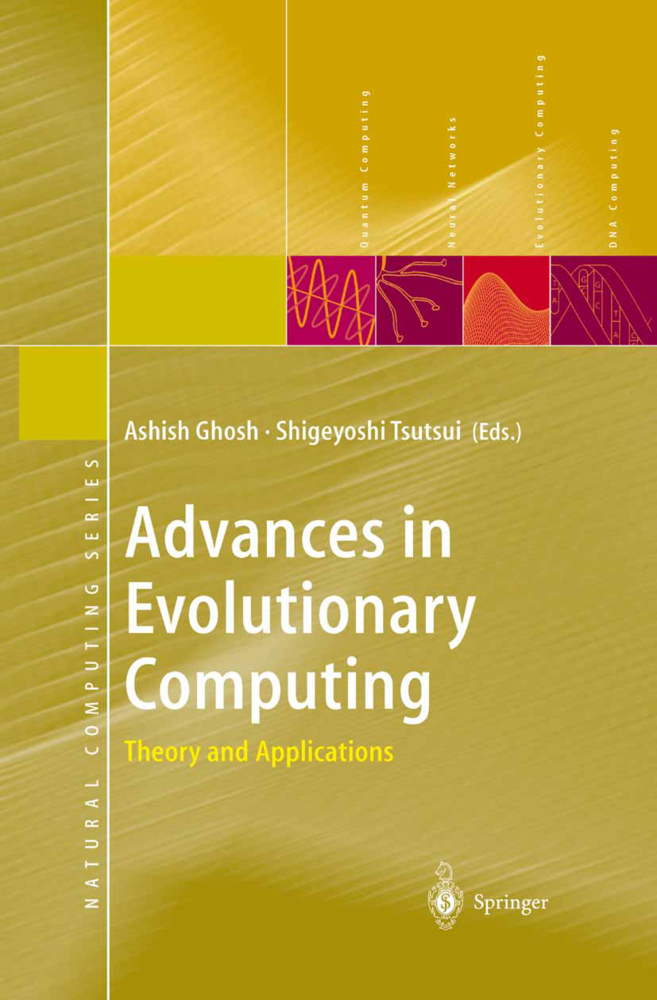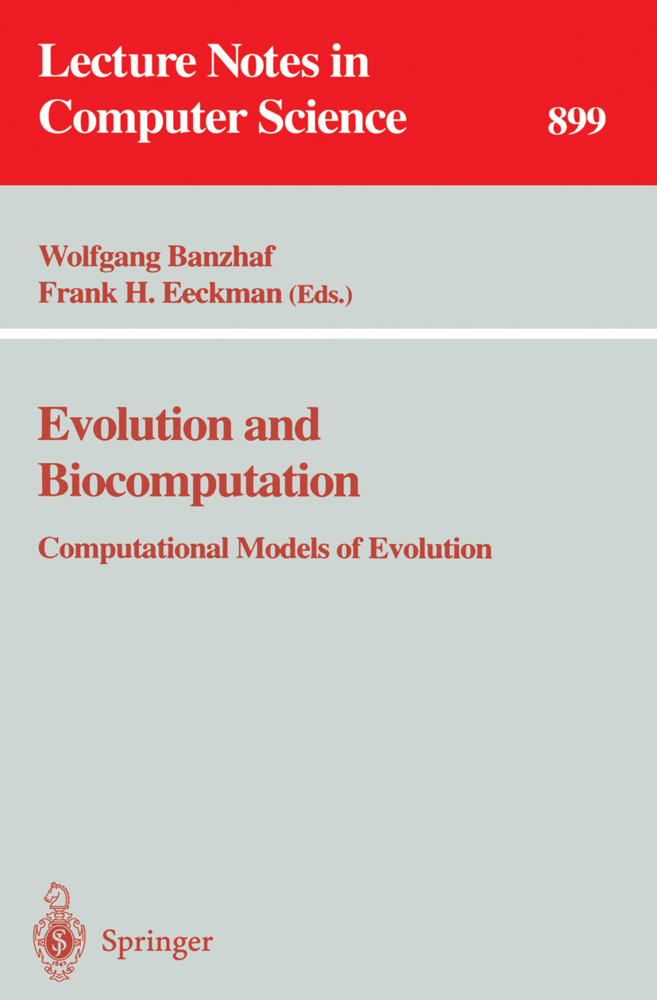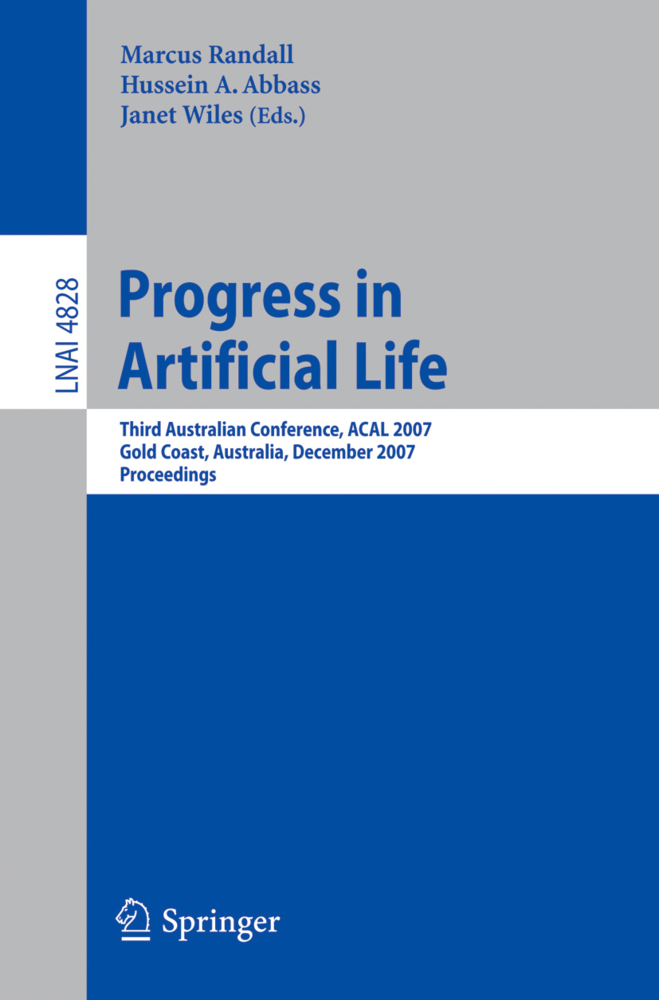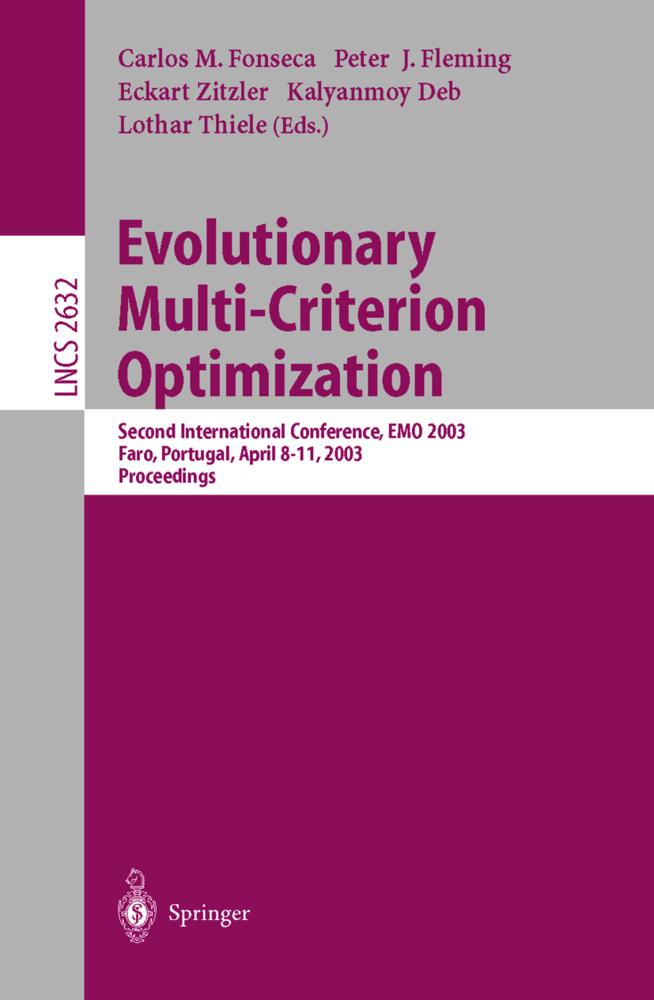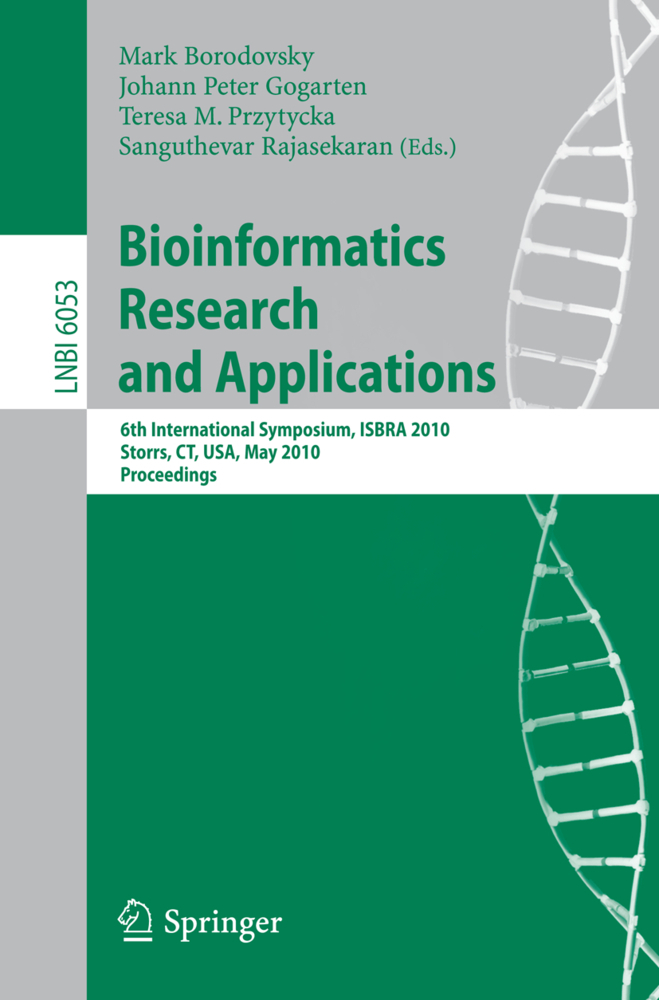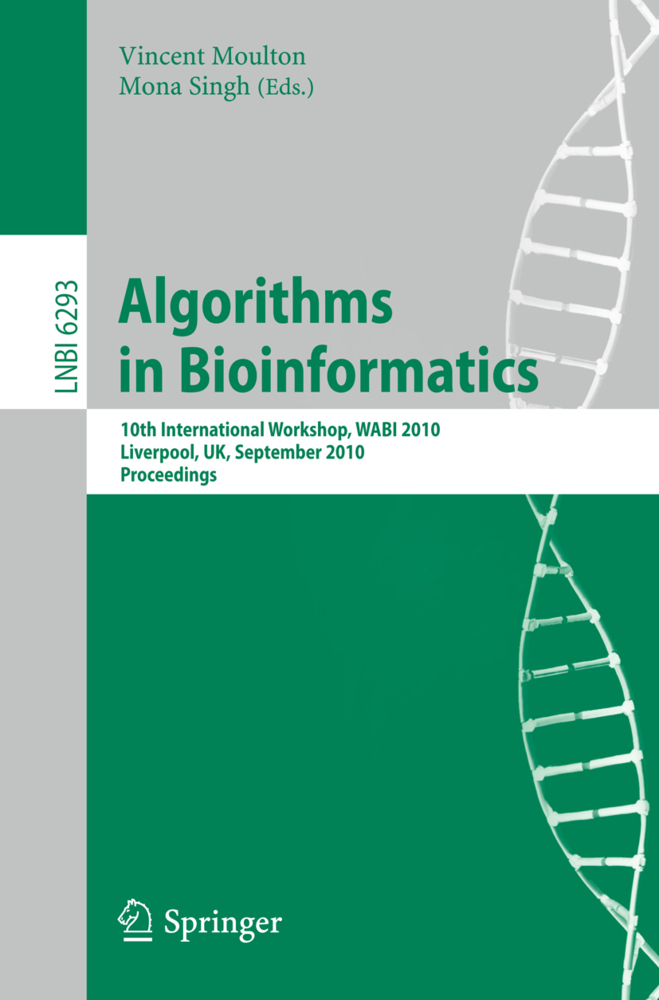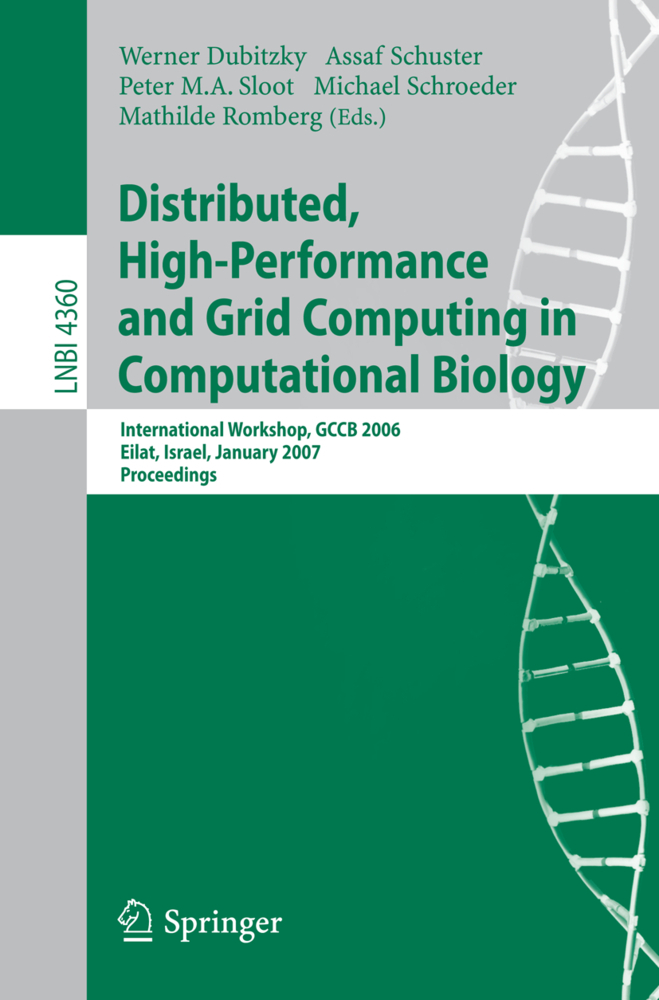Advances in Evolutionary Computing, 2 Pts.
Theory and Applications
Advances in Evolutionary Computing, 2 Pts.
Theory and Applications
The term evolutionary computing refers to the study of the foundations and applications of certain heuristic techniques based on the principles of natural evolution; thus the aim of designing evolutionary algorithms (EAs) is to mimic some of the processes taking place in natural evolution. These algo rithms are classified into three main categories, depending more on historical development than on major functional techniques. In fact, their biological basis is essentially the same. Hence EC = GA uGP u ES uEP EC = Evolutionary Computing GA = Genetic Algorithms,GP = Genetic Programming ES = Evolution Strategies,EP = Evolutionary Programming Although the details of biological evolution are not completely understood (even nowadays), there is some strong experimental evidence to support the following points: - Evolution is a process operating on chromosomes rather than on organ isms. - Natural selection is the mechanism that selects organisms which are well adapted to the environment toreproduce more often than those which are not. - The evolutionary process takes place during the reproduction stage that includes mutation (which causes the chromosomes of offspring to be dif ferent from those of the parents) and recombination (which combines the chromosomes of the parents to produce the offspring). Based upon these features, the previously mentioned three models of evolutionary computing were independently (and almost simultaneously) de veloped. An evolutionary algorithm (EA) is an iterative and stochastic process that operates on a set of individuals (called a population).
Fast Evolutionary Algorithms
Visualizing Evolutionary Computation
New Schemes of Biologically Inspired Evolutionary Computation
On the Design of Problem-specific Evolutionary Algorithms
Multiparent Recombination in Evolutionary Computing
TCG-2: A Test-case Generator for Non-linear Parameter Optimisation Techniques
A Real-coded Genetic Algorithm Using the Unimodal Normal Distribution Crossover
Designing Evolutionary Algorithms for Dynamic Optimization Problems
Multi-objective Evolutionary Algorithms: Introducing Bias Among Pareto-optimal Solutions
Gene Expression and Scalable Genetic Search
Solving Permutation Problems with the Ordering Messy Genetic Algorithm
Effects of Adding Perturbations to Phenotypic Parameters in Genetic Algorithms for Searching Robust Solutions
Evolution of Strategies for Resource Protection Problems
A Unified Bayesian Framework for EvolutionaryLearning and Optimization
Designed Sampling with Crossover Operators
Evolutionary Computation for Evolutionary Theory
Computational Embryology: Past, Present and Future
An Evolutionary Approach to Synthetic Biology: Zen in the Art of Creating Life
Scatter Search
The Ant Colony Optimization Paradigm for Combinatorial Optimization
Evolving Coordinated Agents
Exploring the Predictable
II
Approaches to Combining Local and Evolutionary Search for Training Neural Networks: A Review and Some New Results
Evolving Analog Circuits by Variable Length Chromosomes
Human-competitive Applications of Genetic Programming
Evolutionary Algorithms for the Physical Design of VLSI Circuits
From Theory to Practice: An Evolutionary Algorithm for the Antenna Placement Problem
Routing Optimization in Corporate Networks by Evolutionary Algorithms
Genetic Algorithms and Timetabling
Machine Learning by Schedule Decomposition - Prospects for an Integration of AI and OR Techniquesfor Job Shop Scheduling
Scheduling of Bus Drivers' Service by a Genetic Algorithm
A Survey of Evolutionary Algorithms for Data Mining and Knowledge Discovery
Data Mining from Clinical Data Using Interactive Evolutionary Computation
Learning-integrated Interactive Image Segmentation
An Immunogenetic Approach in Chemical Spectrum Recognition
Application of Evolutionary Computation to Protein Folding
Evolutionary Generation of Regrasping Motion
Recent Trends in Learning Classifier Systems Research
Better than Samuel: Evolving a Nearly Expert Checkers Player.
I
Smoothness, Ruggedness and Neutrality of Fitness Landscapes: from Theory to ApplicationFast Evolutionary Algorithms
Visualizing Evolutionary Computation
New Schemes of Biologically Inspired Evolutionary Computation
On the Design of Problem-specific Evolutionary Algorithms
Multiparent Recombination in Evolutionary Computing
TCG-2: A Test-case Generator for Non-linear Parameter Optimisation Techniques
A Real-coded Genetic Algorithm Using the Unimodal Normal Distribution Crossover
Designing Evolutionary Algorithms for Dynamic Optimization Problems
Multi-objective Evolutionary Algorithms: Introducing Bias Among Pareto-optimal Solutions
Gene Expression and Scalable Genetic Search
Solving Permutation Problems with the Ordering Messy Genetic Algorithm
Effects of Adding Perturbations to Phenotypic Parameters in Genetic Algorithms for Searching Robust Solutions
Evolution of Strategies for Resource Protection Problems
A Unified Bayesian Framework for EvolutionaryLearning and Optimization
Designed Sampling with Crossover Operators
Evolutionary Computation for Evolutionary Theory
Computational Embryology: Past, Present and Future
An Evolutionary Approach to Synthetic Biology: Zen in the Art of Creating Life
Scatter Search
The Ant Colony Optimization Paradigm for Combinatorial Optimization
Evolving Coordinated Agents
Exploring the Predictable
II
Approaches to Combining Local and Evolutionary Search for Training Neural Networks: A Review and Some New Results
Evolving Analog Circuits by Variable Length Chromosomes
Human-competitive Applications of Genetic Programming
Evolutionary Algorithms for the Physical Design of VLSI Circuits
From Theory to Practice: An Evolutionary Algorithm for the Antenna Placement Problem
Routing Optimization in Corporate Networks by Evolutionary Algorithms
Genetic Algorithms and Timetabling
Machine Learning by Schedule Decomposition - Prospects for an Integration of AI and OR Techniquesfor Job Shop Scheduling
Scheduling of Bus Drivers' Service by a Genetic Algorithm
A Survey of Evolutionary Algorithms for Data Mining and Knowledge Discovery
Data Mining from Clinical Data Using Interactive Evolutionary Computation
Learning-integrated Interactive Image Segmentation
An Immunogenetic Approach in Chemical Spectrum Recognition
Application of Evolutionary Computation to Protein Folding
Evolutionary Generation of Regrasping Motion
Recent Trends in Learning Classifier Systems Research
Better than Samuel: Evolving a Nearly Expert Checkers Player.
Ghosh, Ashish
Tsutsui, Shigeyoshi
| ISBN | 978-3-642-62386-8 |
|---|---|
| Artikelnummer | 9783642623868 |
| Medientyp | Buch |
| Auflage | Softcover reprint of the original 1st ed. 2003 |
| Copyrightjahr | 2012 |
| Verlag | Springer, Berlin |
| Umfang | XVI, 1006 Seiten |
| Abbildungen | XVI, 1006 p. |
| Sprache | Englisch |

